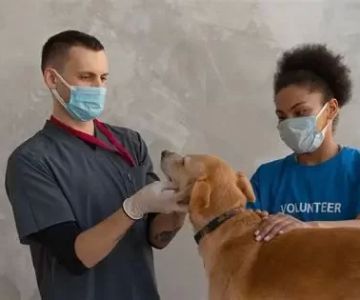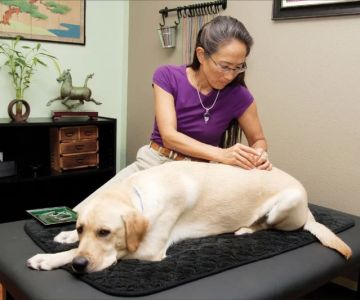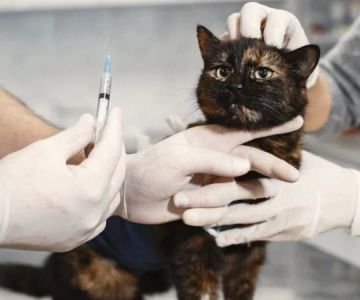1. Why people ask “can you volunteer at a veterinary clinic” and who qualifies
Short answer: yes—most communities have clinics that welcome motivated helpers, especially during busy seasons. Whether you’re a high-school student exploring careers, a college pre-vet building experience hours, or an animal lover giving back, the path is open with the right expectations. Clinics differ in policies: some accept teens (often with parental consent), others prefer 18+ due to insurance and biohazard rules. If you have reliable transportation, can lift 25–40 lb safely, and are comfortable around cleaning agents and noise, you’re already a strong candidate.
Remember that “can you volunteer at a veterinary clinic” often means assisting the team—not performing medical procedures. You’ll learn a ton by observing, supporting clients, and keeping the hospital running smoothly.
2. What volunteers really do in a veterinary clinic
Think of volunteers as the backbone of clinic flow. Typical duties include preparing exam rooms, restocking supplies, sanitizing kennels, doing laundry, walking canine patients, socializing cats, and comforting anxious pets. With supervision, you may observe physical exams, vaccinations, radiographs, dental cleanings, and surgical prep from a safe distance. Some clinics let seasoned volunteers help with weights, temperature checks, or note-taking during triage, but anything invasive stays with licensed professionals.
Client-care tasks—answering phones, guiding forms, or helping curbside pick-ups—are common and invaluable. When clients feel supported, doctors and nurses can focus on medicine.

6651 Backlick Rd F, Springfield, VA 22150, USA
See Details3. How to apply step-by-step and get a yes
Step 1: Clarify your goal. Are you collecting pre-vet hours, testing the waters, or looking for regular community service? Share that clearly.
Step 2: Prepare a one-page “volunteer resume.” Include availability, animal experience (shelters, pet sitting), comfort with cleaning, and vaccinations (tetanus current; rabies pre-exposure is sometimes preferred but rarely mandatory for beginners).
Step 3: Write a short email. Use a subject like “Volunteer Inquiry—Weekends, 6 hrs” and briefly answer “why this clinic,” your schedule, and how long you can commit (e.g., 3–6 months). Attach the resume and a reference if you have one.
Step 4: Expect forms and screening. Clinics may require liability waivers, photo ID, parental consent (if under 18), and a background check. Some offer a trial shift to see if it’s a fit.
Step 5: Show up like staff. Wear closed-toe, non-slip shoes; neat scrubs; hair tied back; minimal jewelry. Arrive early and bring a small notebook—note what you restock, where items live, and common abbreviations.
4. Training, safety, and confidentiality you must know
Biosecurity & PPE: You’ll learn hand hygiene, glove use, and how to handle disinfectants. Zoonotic risks (ringworm, giardia) are managed with good protocol. If you feel unwell, notify the team—safety first.
Animal handling: Volunteers don’t restrain fractious pets solo. You’ll be shown low-stress techniques and when to step back. Reading body language prevents bites and scratches.
Confidentiality: Patient information and client conversations stay private. Ask the team before taking any photos; most clinics prohibit photography in treatment areas.
Boundaries: “Can you volunteer at a veterinary clinic” does not mean diagnosing or giving medical advice. If a client asks, direct them to the nurse or doctor.
5. Real volunteer stories: first weeks, surprises, and wins
Jax, pre-vet sophomore: “My first month was all towels, mopping, and refilling syringes (still packaged!). Then a tech asked me to help set up a dental tray. I learned more about anesthesia monitoring in one morning than in two semesters of lectures.”
Aria, career-changer: “I worried I’d only do ‘busy work.’ But during a hectic Saturday, I comforted a nervous senior dog while the vet spoke with the owner. The thank-you I got reminded me that presence is part of care.”
These snapshots show why clinics value reliable volunteers: empathy + consistency accelerates trust—and your learning curve.
6. What to bring: a practical volunteer starter checklist
Essentials: scrubs, non-slip closed-toe shoes, water bottle, protein snack, small notebook/pen, hair ties, unscented hand cream (frequent washing dries skin). If allowed, a basic stethoscope helps you follow along during auscultation demos, but it’s optional at first.
Nice-to-have: pocket-size flashlight for pupil checks (only when supervised), extra socks (accidents happen), and a labeled zipper pouch for your phone—some clinics restrict phone use on the floor.
7. Next steps to turn volunteering into a career edge
Track your hours and skills after each shift—what procedures you observed, new terms, and questions for your mentor. After 6–8 consistent weeks, ask for a brief feedback chat and, if appropriate, a letter documenting duties for school applications. To keep leveling up, pair your shifts with short courses in animal behavior, communication, or medical terminology. When you’re ready to look the part and stay comfortable through long shifts, consider upgrading to durable scrubs and non-slip footwear—small investments that make big differences on a busy floor.
Ready to move from “can you volunteer at a veterinary clinic” to “you’re on the schedule”? Equip yourself, apply with confidence, and start gaining real clinical experience that opens doors. If you’re comparing gear or looking for curated starter bundles, explore trusted pro-grade options and pick what fits your goals—then step into the clinic prepared and proud.











